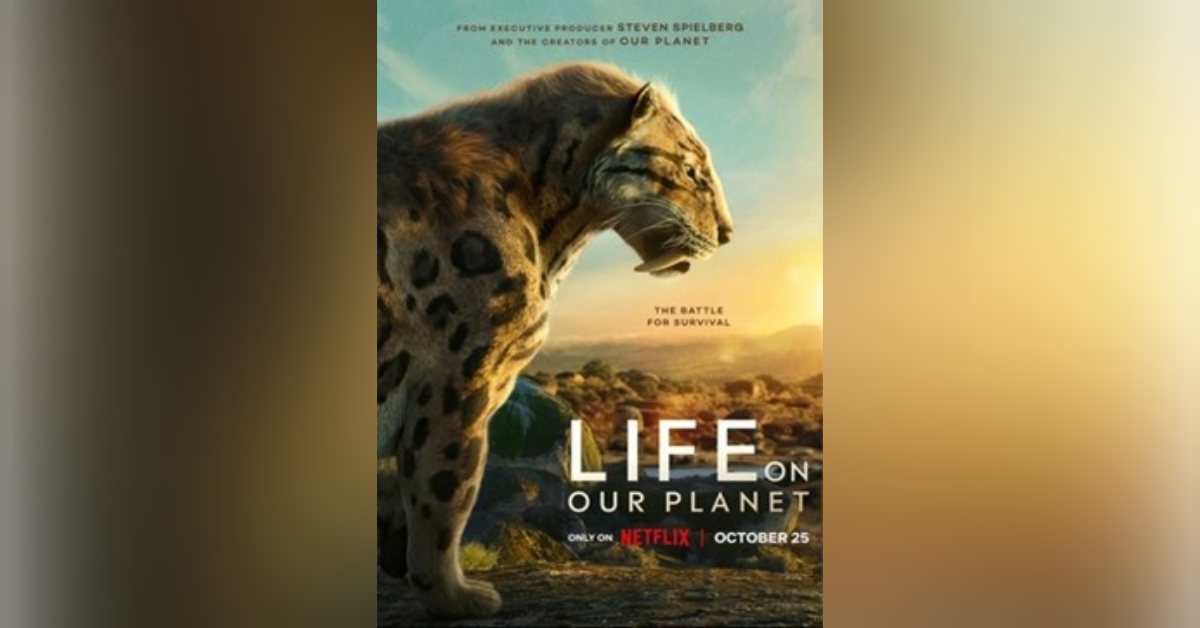Life on our Planet takes viewers back millions of years, and through stunning visual effects accompanied by narrator Morgan Freeman. The series explores planet Earth’s prehistoric past in a way no other series to date has yet been able to accomplish. Steven Spielberg worked the magic as the executive producer, while Jamie McPherson served as director of photography.
The breathtaking CGI VFX used to produce Life on our Planet offers a realistic glimpse into Earth’s ancient past, while comparing modern day relatives to those who have long gone extinct. In addition to using CGI to bring iconic creatures to life on the big screen, live action shots were just as important. One example of this is reflected in a sequence showing a volcanic eruption in Life on our Planet, for which film crew members camped along an Icelandic volcano in 2021.
Life on our Planet features creatures well known in the modern world as well, with incredible cinematography which directly “…draws a direct line from the present day to the prehistoric jungles but also shows us things we’ve never seen before…” according to Chris Farnell of denofgeek.com While sharks and snow leopards are familiar in the present day, lesser-known lifeforms such as miasaura and anchiornis share screen time with their infamous prehistoric neighbors, tyrannosaurus and triceratops (who even face off in an epic onscreen battle). One of the more humoring standoffs in Life on our Planet was easily between the ancient ancestor of modern-day armadillos, doedicurus, and the well-known (and feared) smilodon.
Overall, with incredible cinematography and storytelling, Life on our Planet is a spectacular docuseries for those looking for an informative way to learn about our planet’s complex history. Life on our Planet is currently streaming on Netflix.

